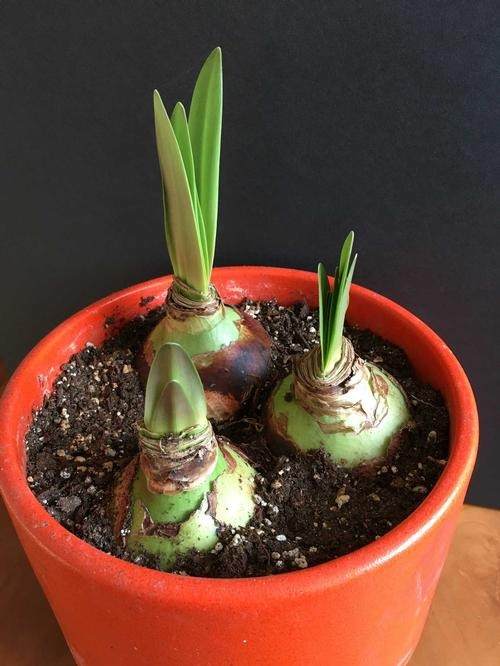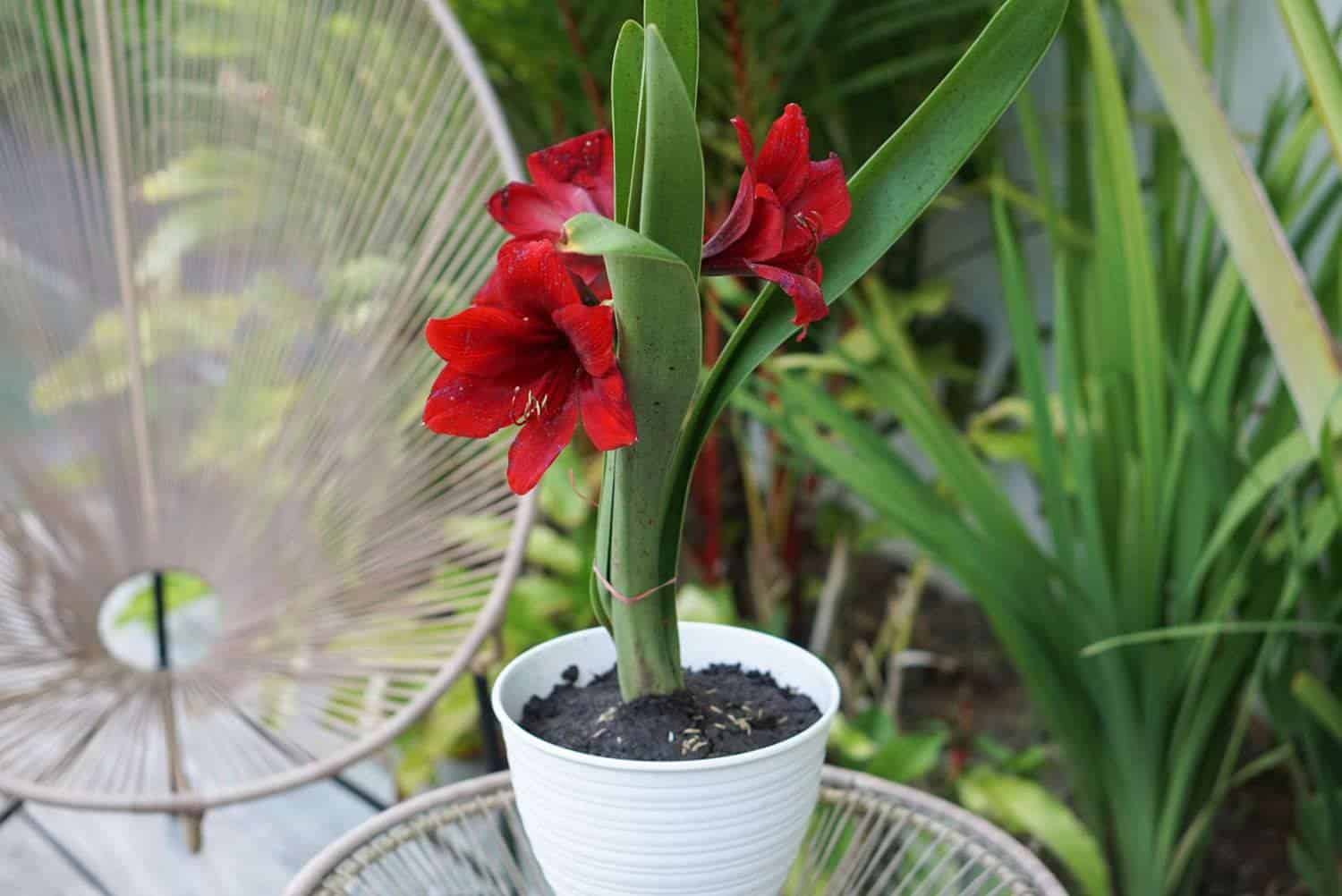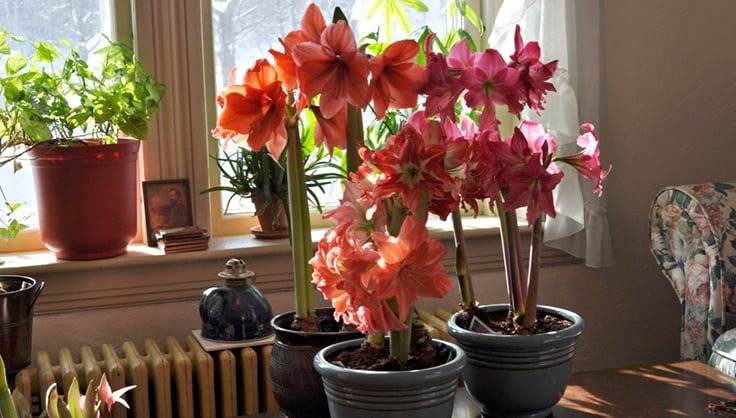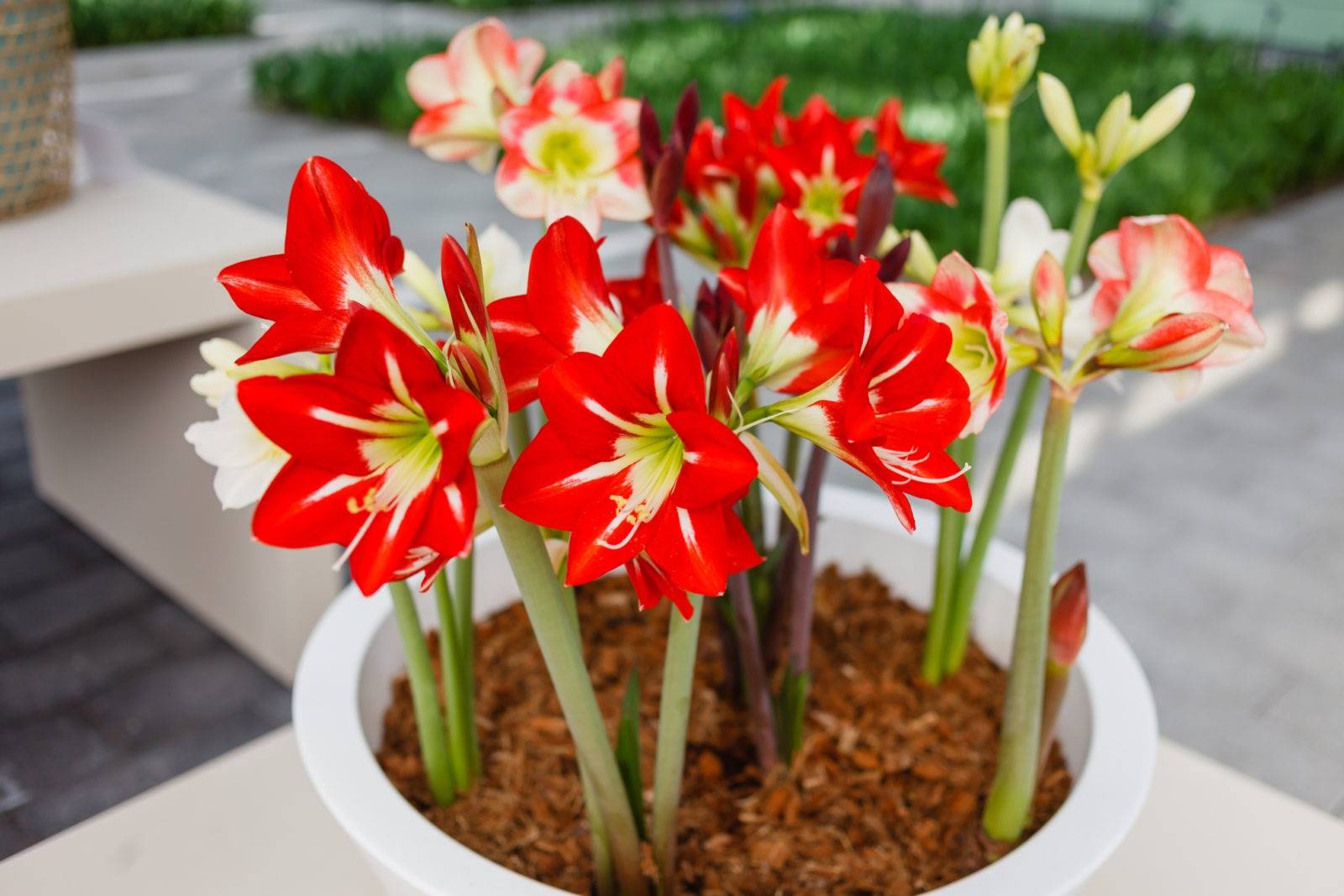The amaryllis, with its majestic blooms, stands as a symbol of winter warmth and holiday cheer. Growing this stunning flower not only brings vibrant hues to your living space but also offers the joy of nurturing a bulb into a spectacular blossom. It is a common plant that’s easy to care for, but there are a few key things you should keep in mind to make sure your amaryllis is healthy, flush and blooms all year round.
How to Grow And Care For Amaryllis
Step 1: Selecting Amaryllis Bulbs
Choosing the right bulbs sets the foundation for a magnificent amaryllis display. It would help if you opted for large, firm bulbs, as they promise more substantial blooms. There are many varieties, from the classic red to exotic hybrids. Inspect each bulb for signs of rot or damage, ensuring you bring home a healthy one.
Step 2: Planting Amaryllis
When planting, you should use well-draining potting soil, allowing a third of the bulb to protrude above the soil. Plant them in containers with drainage holes, offering stability to the tall stems. The better the conditions, the more dazzlingly it shows.

Step 3: Take Care Of Amaryllis
Amaryllis needs to be watered regularly, but not too much. The soil should be moist, but not soggy, so you should wait until the top two inches of soil feel dry before watering again. Avoid getting water on the neck of the bulb and soaking the soil, as this can cause rotting.
Plus, it benefits from regular feeding with liquid houseplant food or a balanced time-release fertilizer. Fertilize the plant every two to three weeks during the growing and flowering season.
When it comes to sunlight, amaryllis needs bright, indirect light to grow and flower well. Place the plant in a sunny window, but avoid direct sunlight that can scorch the leaves and flowers. When the flower buds start to show color, move the plant to a cooler location with less light.

Tips To Get Amaryllis Bulbs To Bloom Again
1. Post-flowering Care
After the flowers fade, cut them off to prevent seed formation. Leave the flower stalk until it turns yellow, then cut it off within 1-2 inches of the neck of the bulb. Do not damage the leaves, as they will continue to produce food for the bulb. In spring, you can move the amaryllis outdoors to a sunny spot, but bring it indoors before the first frost.
2. Dormancy Period
For amaryllis to bloom again, they require a period of dormancy. It takes approximately eight to ten weeks after flowering, to initiate this rest phase. During this period, you should gradually reduce watering until the leaves turn yellow and wither. Cut the foliage back to about two inches above the bulb and store the plant in a cool, dark place.
3. The Reawakening
As winter approaches, bring your amaryllis out of hibernation. Resume watering and reintroduce it to the light. You’ll soon witness the emergence of new growth, signalling the anticipation of another magnificent bloom.

FAQS
1. Why Aren’t My Amaryllis Blooming?
A common concern, and the answer often lies in the dormancy period. Ensure your amaryllis experiences a proper cool-down phase, essential for initiating the next flowering cycle.
2. Can I Plant Amaryllis Outdoors?
Yes, amaryllis can thrive outdoors in mild climates. Plant them in well-draining soil and choose a location with partial sunlight. Bring them indoors before the first frost.
3. Can I Force Amaryllis To Bloom For A Specific Date?
While you can manipulate blooming times to some extent, forcing amaryllis for a specific date requires careful timing and controlled environments. The key is to plan well ahead and follow specific protocols for optimal results.

Amaryllis is a beautiful flowering plant that can brighten up your home with its colorful blooms. As long as you give them the right care and a touch of patience, your amaryllis can be coaxed into a beautiful encore, gracing your space with vibrant colors year after year.
